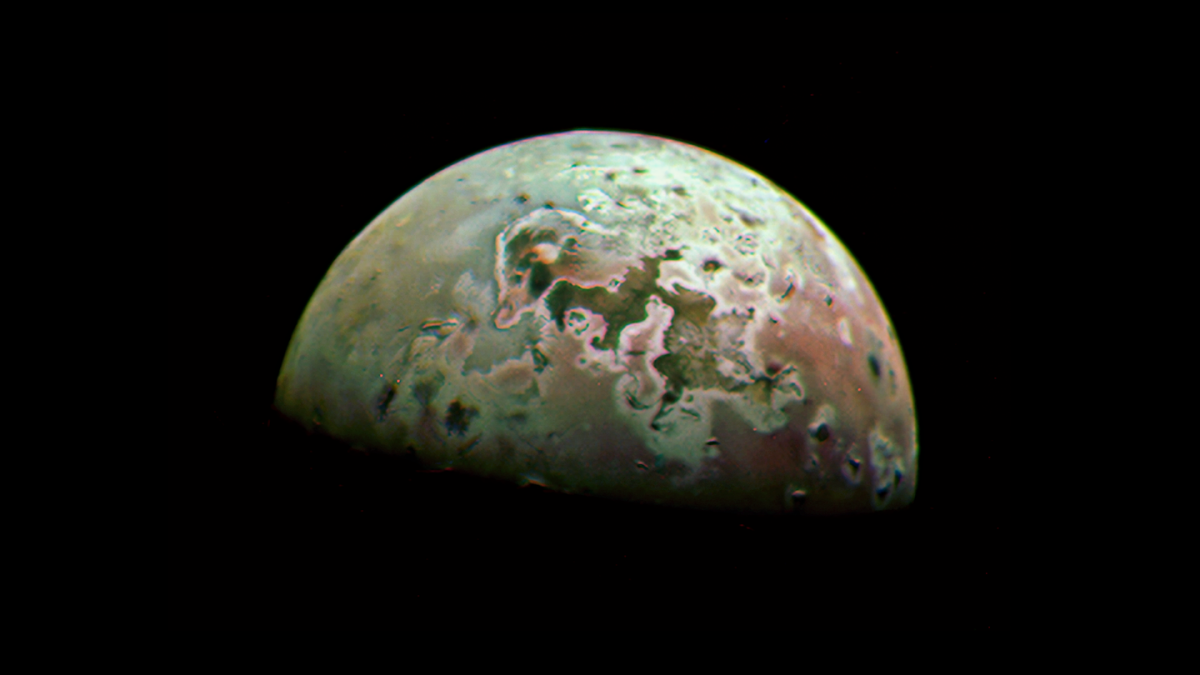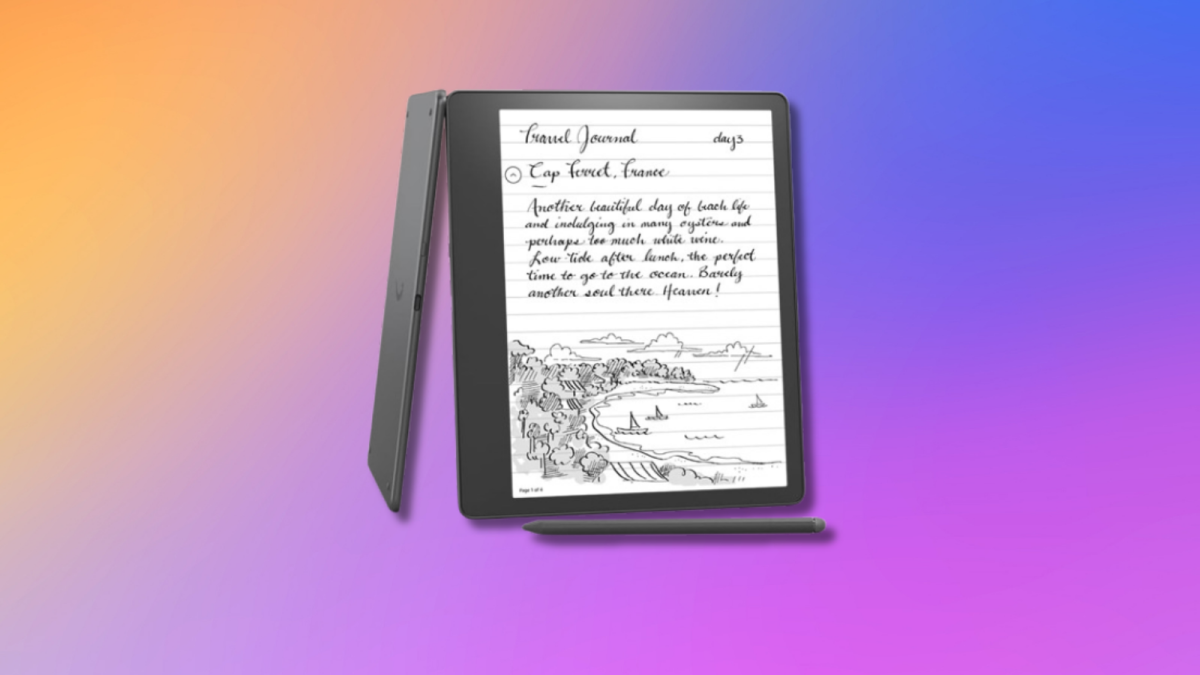Hundreds of millions of miles beyond Earth lies a world teeming with lava. It’s Jupiter‘s moon Io, and NASA just swooped phenomenally close to the Jovian satellite.
The space agency’s Juno spacecraft, which has orbited the gas giant Jupiter for nine years, recently passed within just 13,700 miles of the tortured volcanic world, the most volcanic place in our solar system, and captured vivid imagery. For reference, our chalky moon lies some 239,00 miles from Earth.
The images below, snapped on July 30 by NASA’s JunoCam — a powerful camera aboard the Juno spacecraft — have been refined by imaging processing experts and amateurs alike, and NASA has posted them on the mission website. These are some of the most detailed views of Io ever captured.
Io is blanketed in erupting volcanoes because it’s relentlessly locked in a tug-of-war between nearby objects. “Not only is the biggest planet in the solar system forever pulling at it gravitationally, but so are Io’s Galilean siblings — Europa and the biggest moon in the solar system, Ganymede,” NASA explained in a statement. “The result is that Io is continuously stretched and squeezed, actions linked to the creation of the lava seen erupting from its many volcanoes.”
Many of the dark blotches you see below are lava fields from Io’s volcanoes. With each pass by Io, planetary scientists can watch them change, and grow.
New images of the moon Io taken from the Juno spacecraft on July 30, 2023.
Credit: NASA / SwRI / MSSS / Jason Perry (CC BY 3.0)

A zoomed-in view of a likely lava field on Io.
Credit: NASA / JPL-Caltech / SwRI / MSSS / Thomas Thomopoulos (CC BY 3.0)
Earlier this year researchers spotted fresh lava flows, such as those around the volcanic feature “Volund.” The expansion is visible because Juno is now capturing the most detailed views of Io since 2007 (when another spacecraft, New Horizons, zoomed by en route to deeper space, and Pluto).
“Io is known for its extreme volcanic activity, but after 16 years, it is so nice to see these changes up close again,” Jason Perry, a technician at the Lunar and Planetary Laboratory at the University of Arizona who has worked on different imaging teams for several NASA missions, said in a statement.
These most recent images are from the probe’s 53rd flight around Jupiter. And there’s more volcanic excitement ahead.

NASA’s Juno spacecraft captured this close view of Io on its 53rd orbit around Jupiter.
Credit: NASA / JPL-Caltech / SwRI / MSSS / Thomas Thomopoulos (CC BY 3.0)
Want more science and tech news delivered straight to your inbox? Sign up for Mashable’s Light Speed newsletter today.
Juno’s orbit around Jupiter will bring it even closer to Io. By year’s end, in late December, the spacecraft will make its closest pass by Io (with another in early 2024).
“We’re marching closer and closer,” Scott Bolton, the Juno mission’s principal investigator, told Mashable earlier this year.










